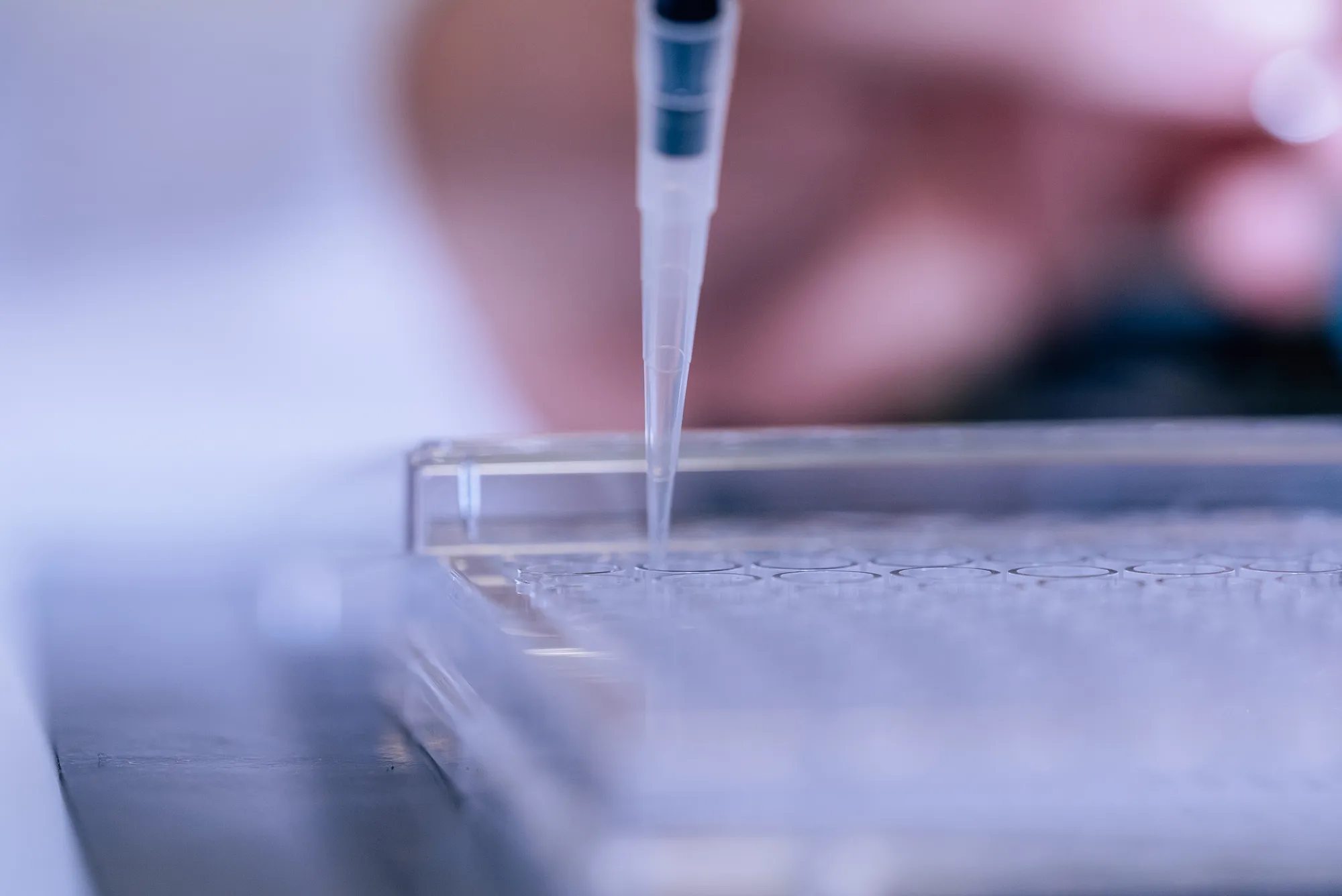
Biocompatibility
viTRO Medical Device Tests
Cytotoxicity – ISO 10993-5:
- XTT method
- Neutral Red Uptake (NRU) method
- Trypan Blue
- Direct and indirect contact
- Colony Forming Assay
Irritation – ISO 10993-23:
- Irritation test on reconstructed human epidermis
Hemocompatibility – ISO 10993-4:
- Hemolysis test: to determine the hemolytic properties of a medical device
- PTT (Partial Thromboplastin Time) test: coagulation abnormalities
- Complement activation tests (SC5b-9)
- Platelet activation test (PF4)
Mutagenicity & Genotoxicity – ISO 10993-3:
- Bacterial reverse mutation assay (Ames test)
- In vitro gene mutation tests on mammalian cells (L5178Y) (inspired by OECD 490)
- Micronucleus test on CHO cells
- Chromosome aberration test (CHO or human lymphocytes)
Tests vivo Medical devices
Tolerance studies – Irritation – ISO 10993-23:
- Acute and repeated skin and eye irritation (rabbit)
- Intradermal tolerance test
- Mucosal irritation test (nasal, vaginal, anal, buccal) (rabbit)
Tolerance studies – Sensitization – ISO 10993-10:
- Sensitization studies: LLNA-BrdU (mouse)
- Maximization test (Magnusson & Kligman)
- Non-maximization test according to Buelher
Systemic toxicity – ISO 10993-11:
- Acute and repeated-dose toxicity via oral, dermal, intraperitoneal, intravenous, parenteral routes – subacute, subchronic, and chronic toxicity
- Pyrogen test (rabbit) according to the USP, the European Pharmacopoeia, and the Japanese Pharmacopoeia
Implantation studies – ISO 10993-6:
- Subcutaneous, knee joint, muscle
Surgery and efficacy:
- Contact us